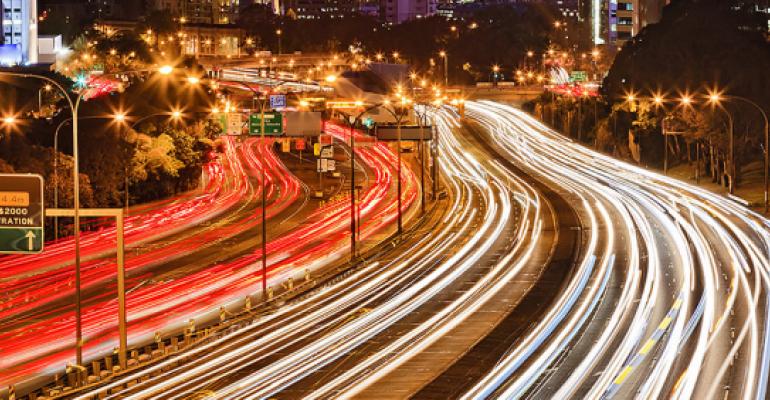An Australian Senate committee is looking at road safety, including the importance of design standards on imported vehicles as domestic vehicle manufacturing comes to an end.
The Senate’s Rural and Regional Affairs and Transport References Committee also will examine the social and economic cost of road-related injury and death; the impact of new technologies and advancements in understanding of vehicle design and road safety; and issues affecting road safety in urban, regional and rural areas.
It already has received more than 70 written submissions and is to report back to the full Senate by Sept. 9.
In the lead-up to the public hearings in Canberra, Federal Chamber of Automotive Industries CEO Tony Weber says new cars made for the Australian market have a strong emphasis on safety and include some of the latest safety, security and environmental technologies available anywhere in the world.
“Australian government figures show that road deaths in Australia have declined over the past decade,” Weber says in a statement. “The FCAI sees safer cars as a key element of this decrease, along with safer roads and safe driver behavior.”
Weber also says Australia has one of the world’s most competitive new-car markets. “This competition is good for road safety, with manufacturers continually striving to introduce the very latest technologies into their vehicles,” he says.
The development of connected cars has the potential to significantly improve road safety in Australia and reduce congestion on roads to make commuting safer and easier.
“To effectively introduce more connected vehicles into Australia, it is vital that governments and industry work together to ensure that the infrastructure and systems that support the vehicles are set up and maintained,” Weber says.
Recent advances in safety include autonomous emergency braking and forward-collision, blindspot, lane-departure and lane-keeping-assist systems.
Citing IHS Automotive data, Weber says this technology is on the rise in Australia, with 29% of new cars fitted with autonomous emergency braking (up from 14% in 2014) and 19% of new SUVs (up from 11% in 2014).
In its written submission to the committee, FCAI says it does not support allowing increased personal importation of new vehicles or the importation of secondhand vehicles due to the risk of introducing vehicles that meet a lower safety standard, or are not designed to operate in Australia’s environmental conditions, or both.
The industry group says design standards are important for all vehicles entering the Australian market and the FCAI has been a strong supporter of the government’s effort to harmonize its Australian Design Rules with United Nations regulations for light vehicles.
But the FCAI says the Australian new-vehicle market accounts for less than 1.5% of global production and the country’s ability to influence the design of mass-produced light vehicles is limited. Safety initiatives therefore should focus on encouraging “a younger fleet.”
Australasian New Car Testing Program officials say the end of local manufacturing by Ford, General Motors and Toyota by the end of 2017 will have little impact on its activities and maintenance of design standards. Most cars tested by ANCAP are imported and generally are built to design standards in excess of those specified by regulation.





